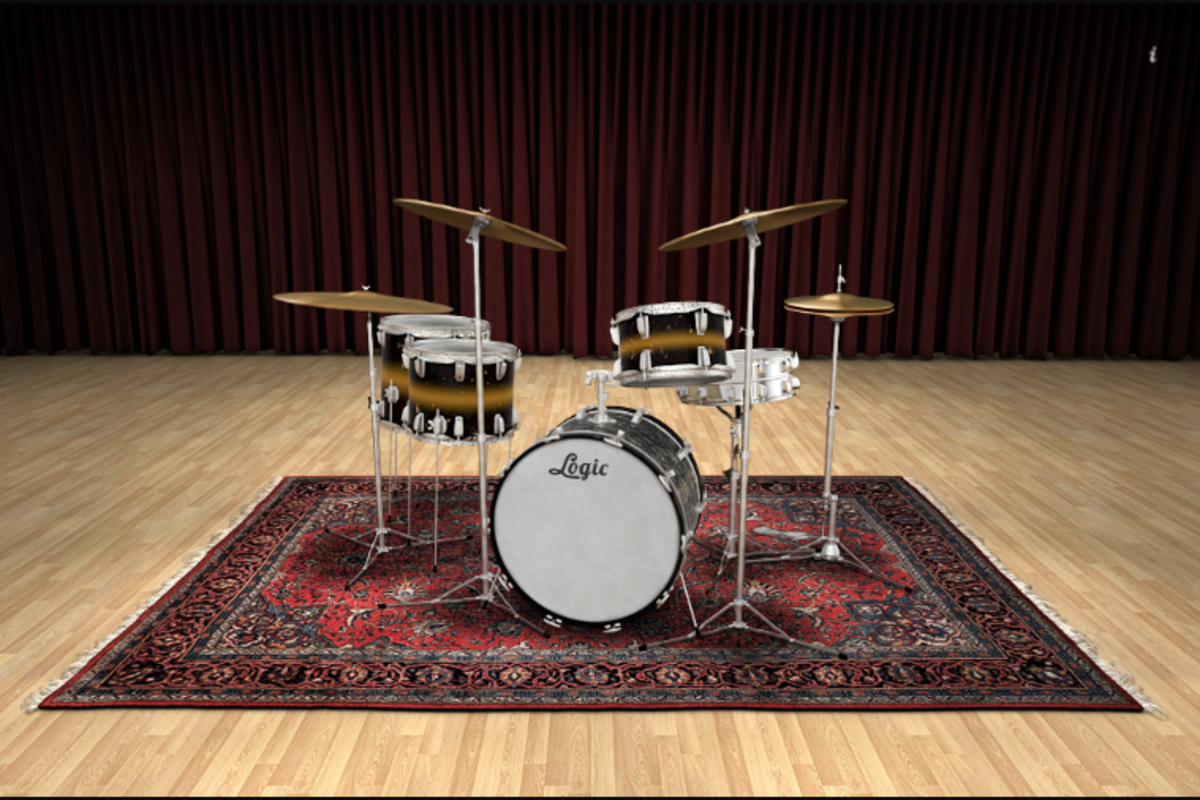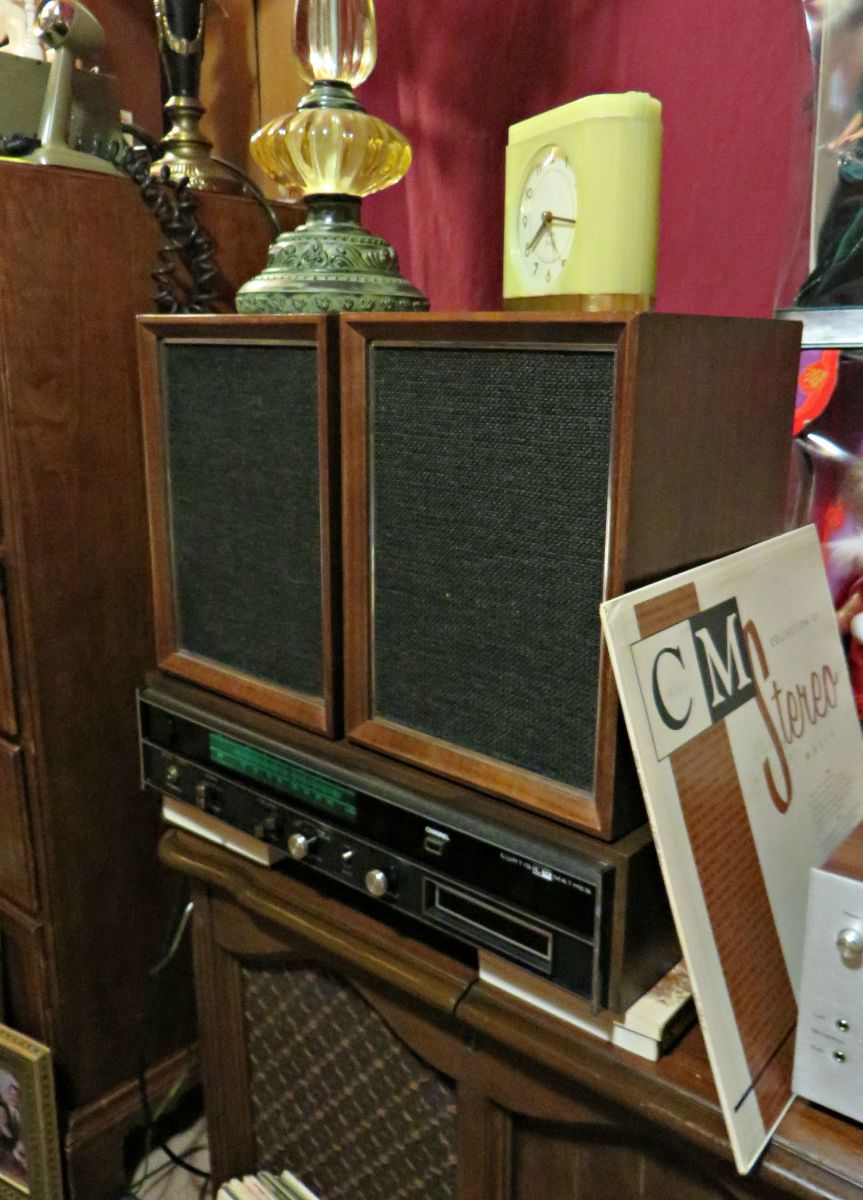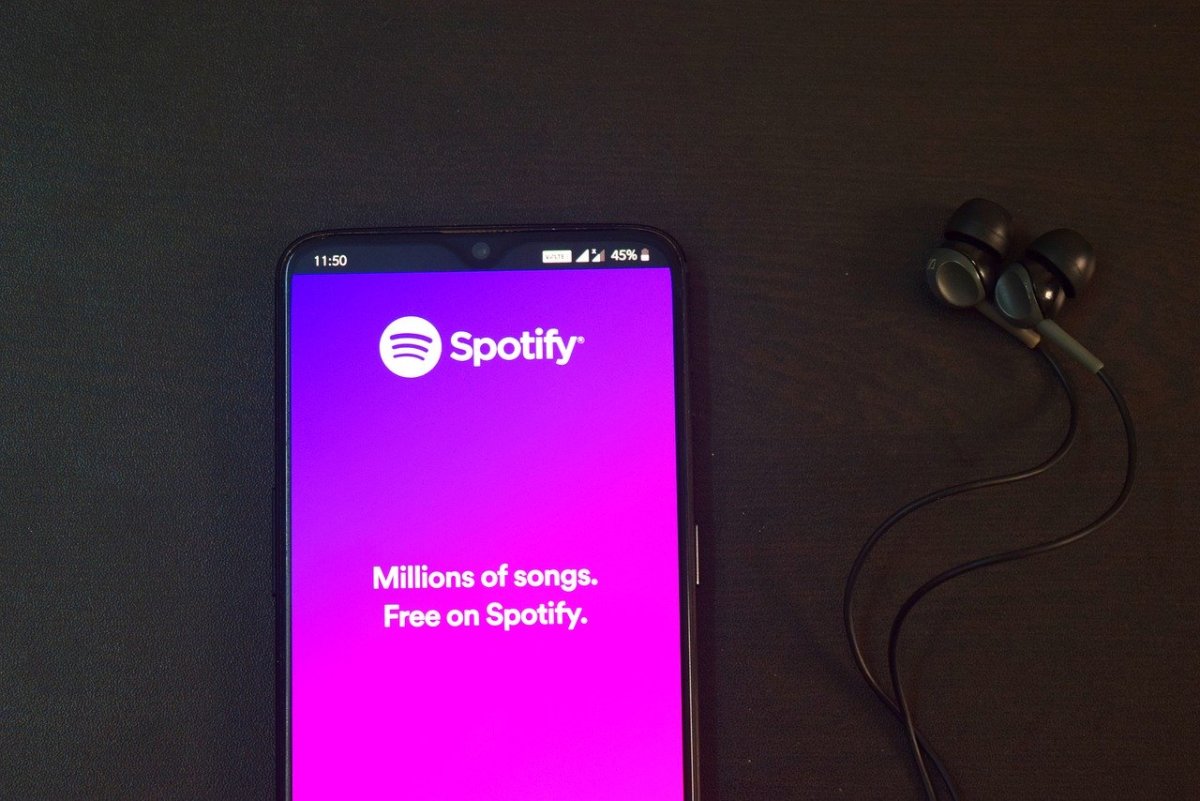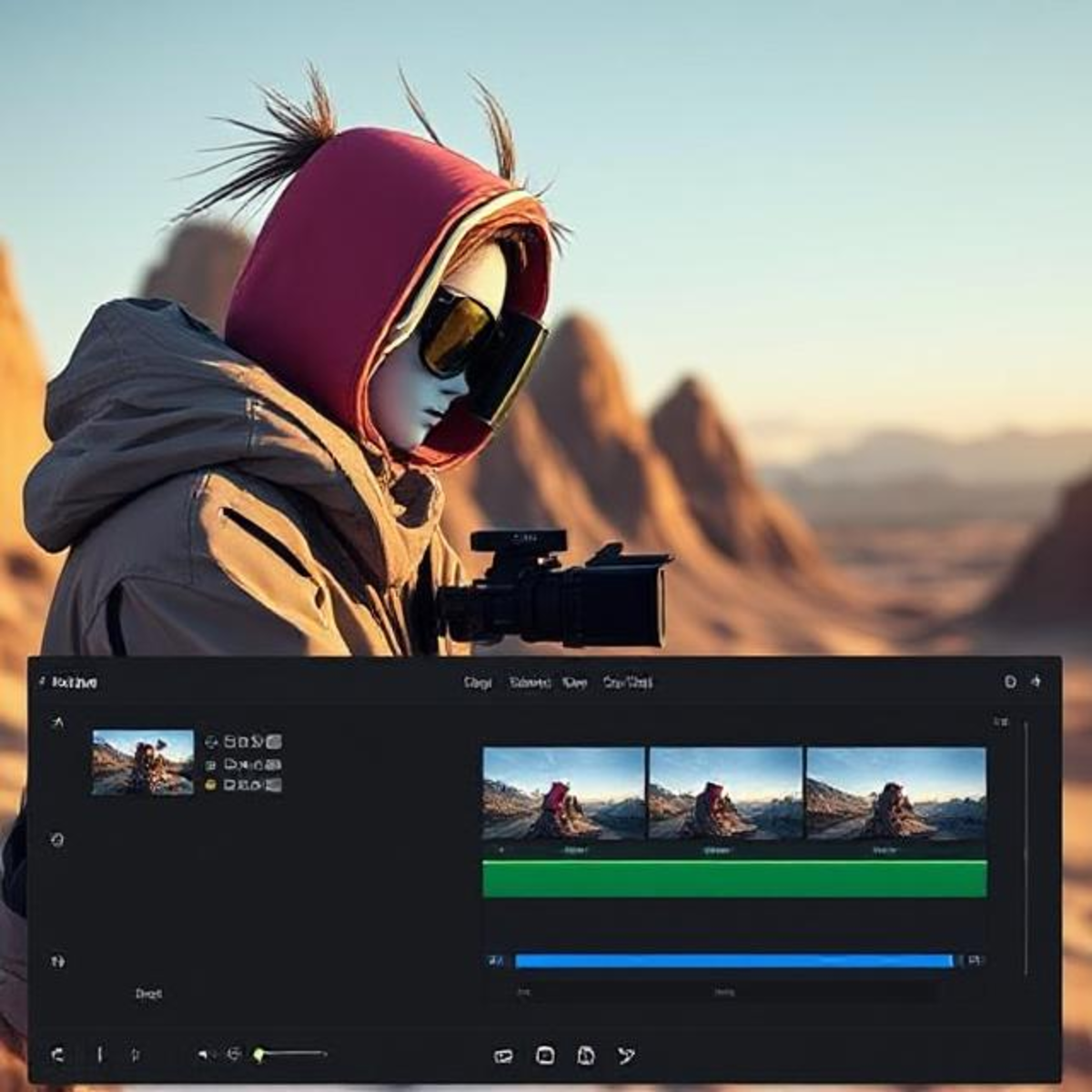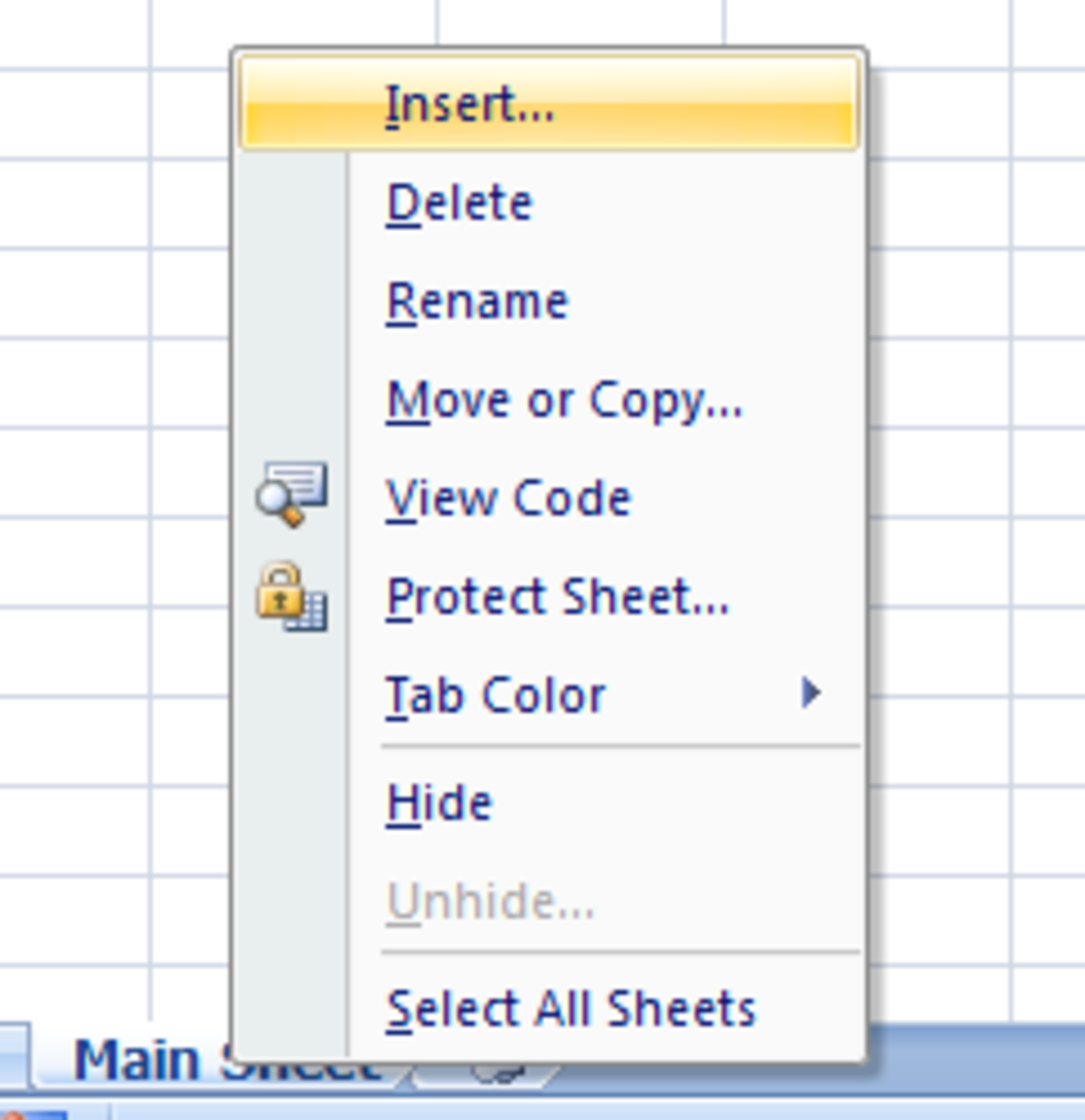Recording on a Computer for Beginners
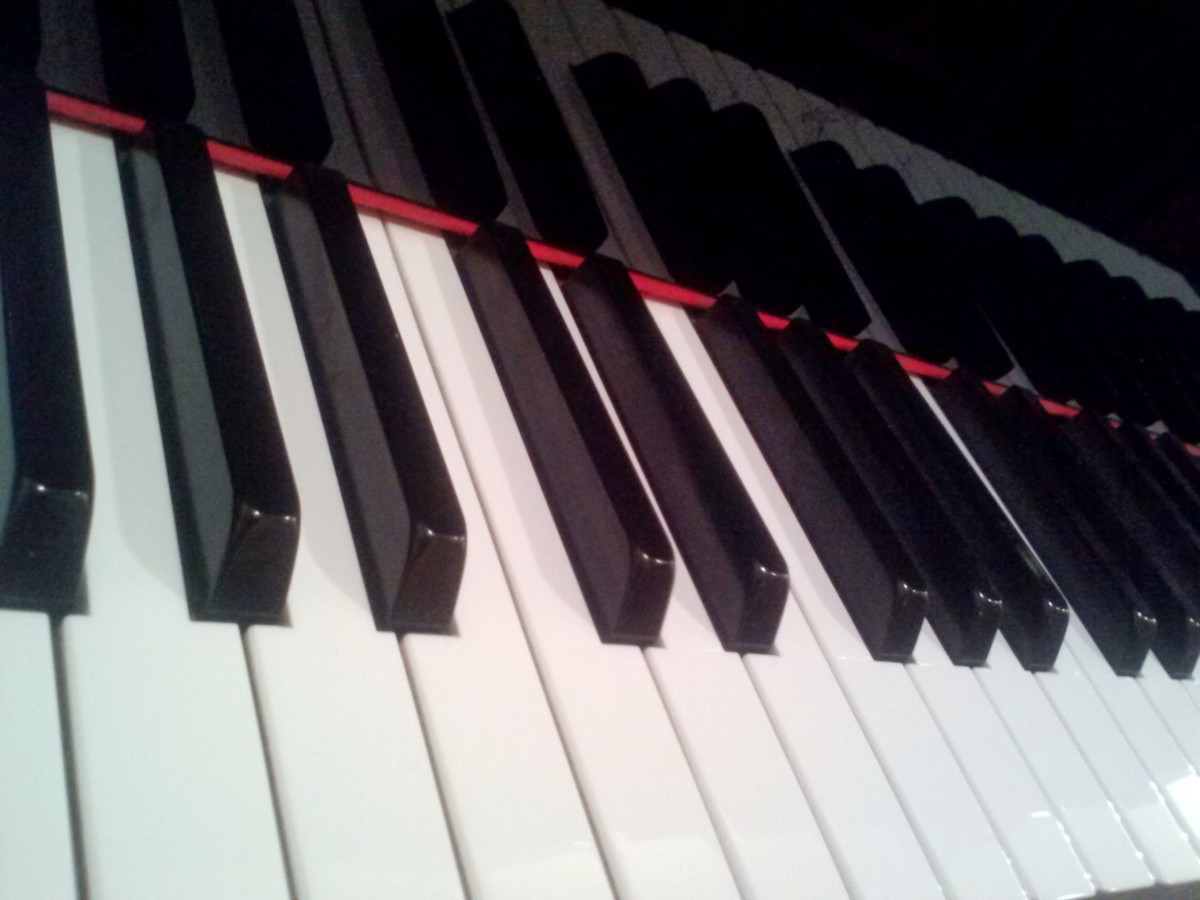
From Instrument to i-Tunes
Software & Hardware
There is recording software available such as Pro Tools for Mac or Sonar for Windows/PC. Although there are many others available these two seem to be the most popular. I'm a Windows guy so I use Sonar Producer. For an audio interface (to get your sound from the instrument into the computer) there are also many products available. I either use the E-Mu Systems 0404 or a MOTU (Mark of the Unicorn) 2408.
How a song is produced
When an instrument is recorded on the computer it is called a track as it was when tape was the primary medium for recording. This is what a basic rock song usually has in it.
Drum track
Bass guitar track
Guitar track
Vocal track
Other tracks could include more guitars, keyboards, horns or any other instrument you could think of.
Each track has several ways to adjust and control the sound from a either a virtual or real mixing board.
Volume Control (sometimes called a fader) – to make sure one instrument isn't louder than the others.
Pan Control – to make the instrument come out of the left or right speaker (or anywhere in between).
Equalizer (EQ) – to make an instrument have more or less bass (low sound) and treble (high sound)
Effects (FX) – adds echo and reverb (and more)
The volume, pan, EQ and FX need to be adjusted on each track so that eventually all of the tracks sound good when they are heard together. Combining the recorded tracks is called mixing the song. When the band is satisfied with the sound of the mix they make a final mix. This is what ends up on a CD or an i-pod.
There are several ways a band can record their music. They can go to a recording studio and perform together. Each instrument would have its own microphone connected to its own track on the computer. Later, they would mix the tracks.
Sometimes bands like to record basic rhythm tracks such as drums, bass, keyboards and guitar first, then come back later and add vocals and extra instruments. This known as overdubbing a track.
Some bands like to record one instrument at a time.
Recording Everything Yourself
Some musicians prefer to play everything themselves, one instrument track at a time. Usually they’ll start with recording the drums. Then they will listen to their drum track while adding a guitar track, then listen to the drum and guitar tracks while adding a bass guitar track and keep adding until they are done.
The way I approach this is
- Find a drum loop that fits the song and lay it on one track. Copy and paste
- Add a basic rhythm guitar
- Add the bass guitar
- Add vocals
I go back and re-do the rhythm because I want respond to the vocals.
Next steps
- Add keyboards
- Add 2nd rhythm guitar
- Add guitar fills
What Makes A Song?
- What Make A Song?
A brief overview of the elements and instruments that used in the composing of a song.


